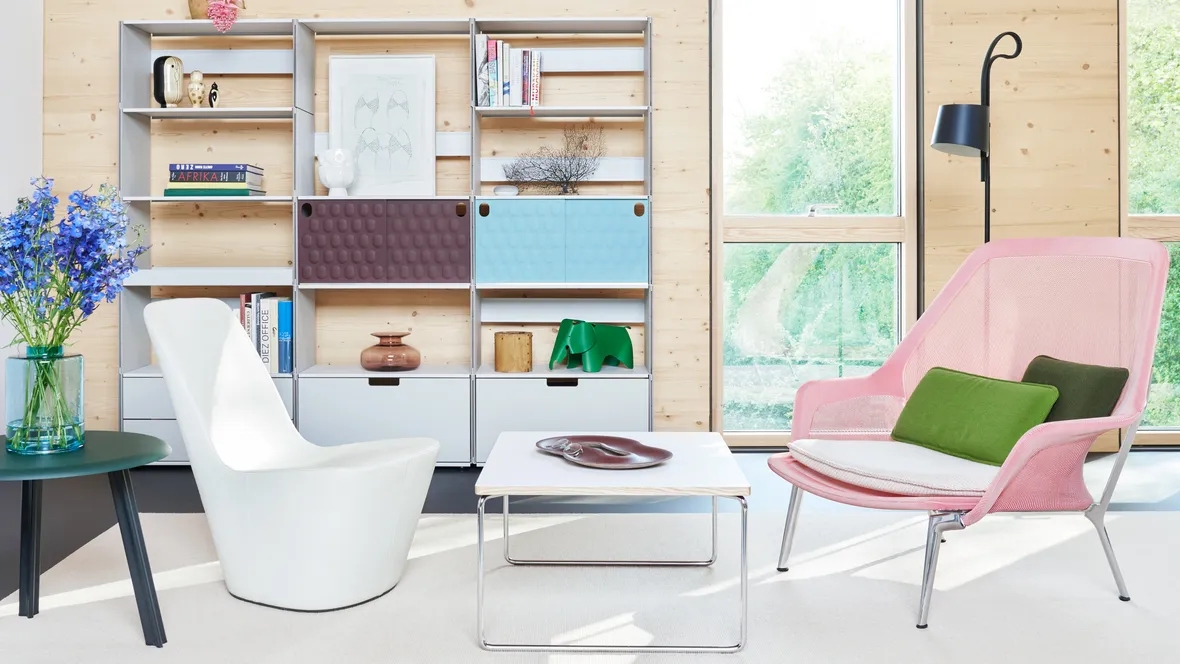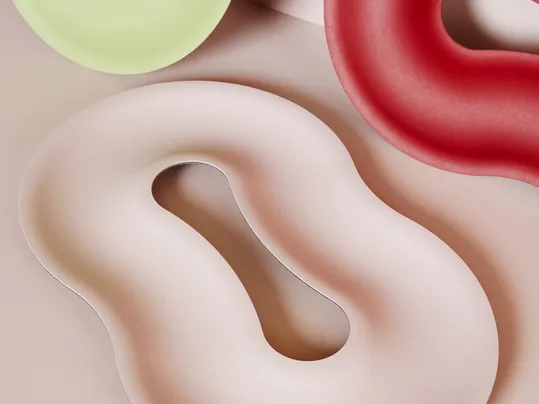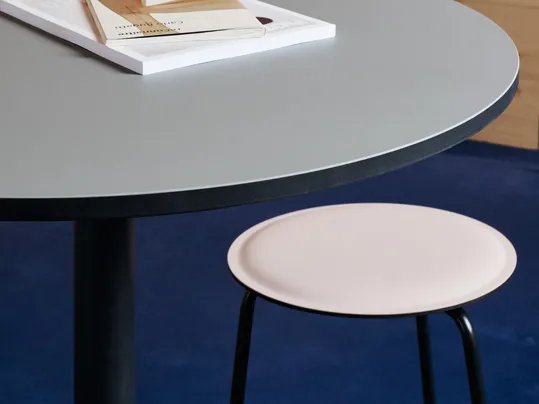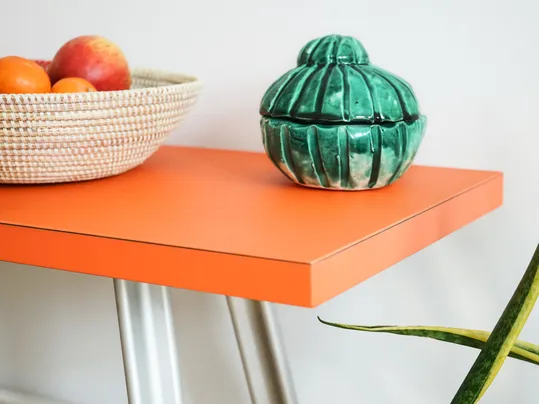Faust's passion for linoleum
An interview with Antonia Faust

The history of Faust Linoleum
Back then, Volker Weinert, a friend and designer, inspired my father to use linoleum as a table surface. In the 1990s, many Berlin architects viewed linoleum as an insider’s tip. My father took up the idea and made it into a configurable product that can be marketed through an own online shop. Since then, we have worked with designers to develop not only table tops but also other products coated with linoleum. Over the past 10 years, what began as a craft business has grown into a fully digitalised smart production operation, complete with direct marketing through our online shop.

What inspires us most about linoleum is its incredibly velvety and pleasant feel, the variety of its deep-matt colours, and the fact that it is also a sustainable product made with linseed oil. Material properties such as these are held in high regard, particularly as a table surface in the office area. We are also fascinated by the broad range of uses for linoleum; we use it in the manufacture of not just table tops but also switch frames or stool seats, for example. Using our designers’ concepts, we always try to overcome the boundaries of 3D forming, to make more complex shapes from what originally was a one-dimensional coating material.
Faust sees a trend towards high-quality, configurable tables and other products coated with linoleum, but always in conjunction with good design at affordable prices. In spite of our limitation to one surface material, we offer the greatest possible variety of versions to meet our customers’ wishes and inspire them.
Our configurator (www.faustlinoleum.co.uk) offers users the best possible support. As I mentioned, we also make an effort to create a connection between high-quality table tops and expressive design (of frames + accessories). We always leave it to the customer to combine the elements, even if the selection occasionally surprises us.


There are two trends visible in the markets at the moment: on the one hand, industry is making its series production more flexible (Industry 4.0), so it is making inroads into markets of the craft industry. On the other hand, the craft sector still holds broad segments of the markets for customer-specific products and is increasing its efficiency by introducing across-the-board digital processes (Craftsmanship 4.0). This makes ‘handcrafted’ products interesting for a buyer group that has purchased industrial products up until now. The digitalisation of customer communication expands and internationalises our market, too. We are confident that we will continue to play an interesting role in the medium to longer term. All of this requires quality, good design, customer orientation and collaboration with designers in a spirit of trust.
